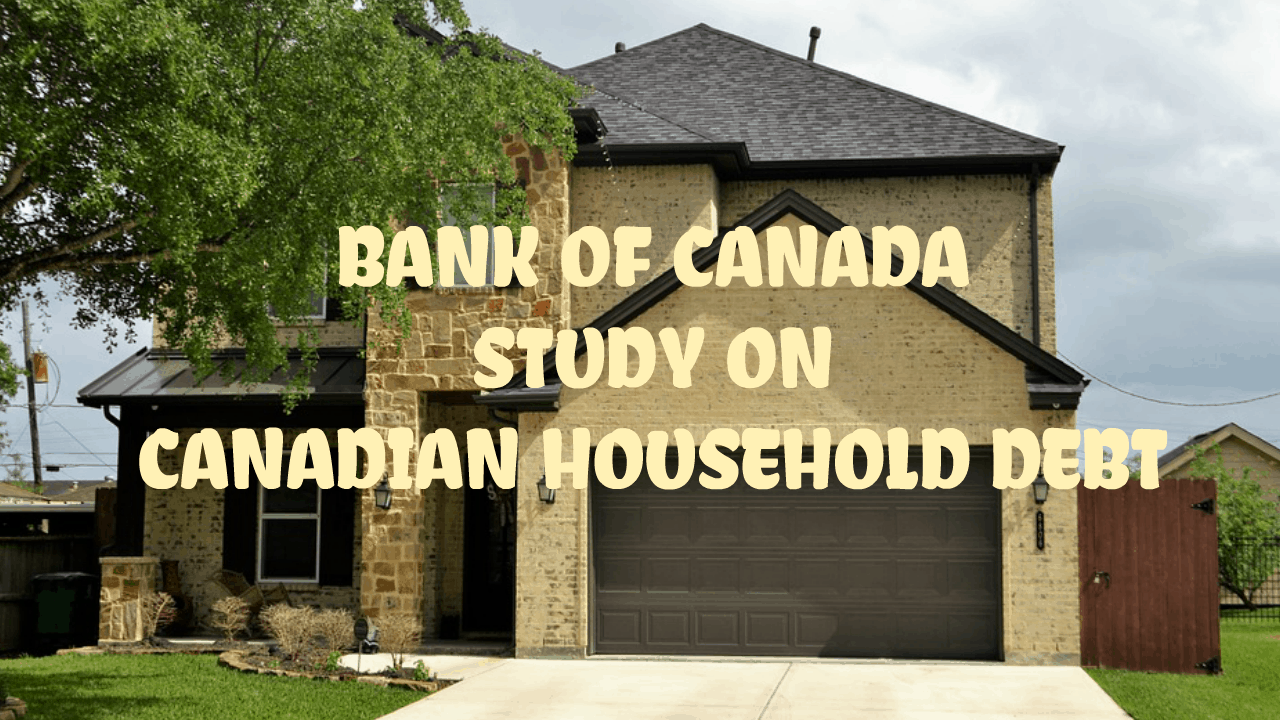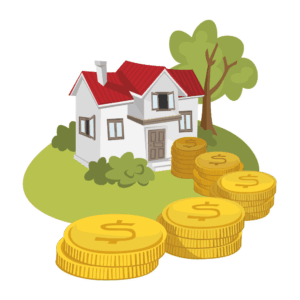Bank of Canada: Introduction
There has been talking for many years now about the Canadian housing market and more particularly about the Toronto and Vancouver markets. The Bank of Canada (BOC) recently published a staff analytical note titled: Reassessing the Growth of HELOCs in Canada Using New Regulatory Data. This Brandon’s Blog discusses this new study which shows Canadians have been tapping into the equity in their homes using them as automated teller machines (ATM).
Recent Bank of Canada Staff Analytical Note
The BOC staff warned that home equity may be concealing financial distress. They go on to warn that Canadian real estate owners may be hiding financial vulnerability using complex debt products.
BOC staff published this analytical note examining new home equity data. The new data gives more insight into home equity borrowing. The home equity line of credit (HELOC) borrowing has now been formally analyzed. HELOCs are usually advertised as a component of combined plans, provided with a mortgage and often, other credit items, such as personal lending and credit cards. Such a mixed plan can generally be broken down into a HELOC element, which is non-amortizing, as well as a home mortgage component, which is amortizing. Additionally, a part of the home mortgage component in such a combined strategy might be readvanceable, even though it is amortized.
The borrowing limit in combined plans is commonly tied to regional house prices. As market value increases, households can borrow much more. In the last few years, integrated mortgage-HELOC plans have actually expanded in importance. The BOC’s new analysis shows that it currently accounts for close to 40 percent of household residential debt owing to the chartered banks. In this way, Canadians are using their homes like debit cards at an ATM, but without having to go to the Bank to take out the money.
New reporting requirement for HELOCs
A new reporting standard has now been developed. A brand-new reporting form has been established to systematize the reporting on HELOCs. This new reporting is the end result of a years-long collective effort between the BOC, the Office of the Superintendent of Financial Institutions (OSFI) and the Canadian financial institutions. It is designed to improve the surveillance of financial stability concerns. The new reporting classifies household secured lending into:
- stand-alone HELOCs
- conventional home mortgages
- integrated mortgage-HELOC plans
Also, it supplies a reporting on the consolidated plans into individual HELOC (non-amortizing) and mortgage (amortizing) parts. This will allow a better understanding of home equity debt.
I am sure that readers of my Brandon’s Blog are already familiar with the traditional segments of personal residential debt; first mortgage, second mortgage and secured line of credit. As the BOC statistics show, the less familiar combined mortgage HELOC product has become increasingly popular. No doubt some of that new popularity has been due to the heavy marketing of this new hybrid product by the chartered banks.
The readvanceable mortgage
I think in the future it will be better known by a name reflecting what it really is, such as readvanceable mortgages. They combine the fixed-rate mortgage with a variable rate HELOC. The amount of HELOC credit extended automatically increases with payments against the mortgage portion. So, borrowers can immediately replace the traditional mortgage debt with a new HELOC debt in exchange for the monthly payment against the mortgage principal.
Canadian homeowners can use the funds advanced by the HELOC portion for basically any use they want, including, home renovations, paying down higher interest rate debt or for investment. Under the readvanceable mortgage, borrowers, of course, will pay more interest on their total residential debt. The reason being that as you pay down the mortgage principal, the HELOC element availability increases.
It will be very tempting for Canadians to use this extra credit to pay down higher interest household debt they may be falling behind on, or at least, now be able to make the monthly payments on that higher interest rate debt, such as credit cards. So, the chartered banks, of course, will love this readvanceable mortgage credit product. More interest will be paid on the debt secured against the home while the higher interest rate payments continue to be made. A win-win for the bank, but not so much for Canadian household debt.
Canadian household debt can now replace higher rate debt with perpetual debt. There will be no incentive for Canadian households to reduce overall debt as long as interest rates stay low. It is great for the banks but not exactly a reason for households to celebrate.
Canadian household debt has a new love of these more complex loans
Let us go over Canada’s new love of these more complex loans. The BOC analysis confirms an increase in consolidated mortgage-HELOC plans, at 6.7 percent year over year. These plans appear to be taking market share from the conventional stand-alone mortgages and also traditional HELOCs; stand-alone home mortgages grew by a modest 2.0 percent,
While stand-alone HELOCs contracted by 7.6 percent during this time period. Furthermore, the new information on elements of combined plans shows that the growth of these plans is driven by the amortizing home mortgage element, which grew by 7.7 percent while the non-amortizing portion grew by 3.3 percent. These are all the same year over year statistics.
The balance of HELOCs (both stand-alone HELOCs and the non-amortizing part of the integrated mortgage-HELOC plans) is $173 billion as at the fourth quarter of 2018, $70 billion less than the previous amount of $243 billion. The overall balance of HELOCs reduced by 1 percent year over year. The overall balance of home mortgages (both stand-alone home loans and the amortizing element of mixed plans) increased by 3.8 percent.
So what does this Bank of Canada study really mean?
Against the background of the fear of climbing interest rates, tighter home mortgage qualification requirements and the stagnation in household spending throughout 2018, the information from existing regulatory filings reveals that HELOC balances expanded much faster than home mortgages. This suggests that families were had not stopped to borrow against the value of their residences even as borrowing tightened.
The convenience of accessibility to rotating credit supplied by standalone HELOCs and the new combined plans might help with the buildup of Canadian household debt. It will come at the cost of building equity in one’s home. Canadians collecting huge amounts of debt secured by their real estate may find themselves with marginal (or even negative) real estate equity if the value of their home falls.
These complex loan products may likewise be hiding emerging financial distress if Canadians are taking equity out of their homes to manage various other financial debt obligations or to fund their everyday expenses because they lack other cash resources. These are all factors to consider when tracking and analyzing both stand-alone HELOCs and the strategies of the combined plan.
Do you have too much debt?
Are you or your business in financial distress? Do you not have adequate funds to pay your debts as they come due?
If so, call the Ira Smith Team today. We have years and generations of experience aiding individuals and companies searching for financial restructuring or a debt settlement arrangement. As a licensed insolvency trustee (previously called a bankruptcy trustee), we are the only experts certified, acknowledged as well as overseen by the federal government to provide bankruptcy and insolvency guidance as well as execute methods to assist you to remain free from bankruptcy and your debts.
Call the Ira Smith Team today so you can reduce the tension, anxiety, and discomfort from your life that your financial problems have triggered. With the unique roadmap, we develop simply for you, we will promptly return you right into a healthy and balanced problem-free life.
You can have a no-cost evaluation so we can assist you to repair your credit and your debt problems. Call the Ira Smith Team today. This will certainly enable you to return to a brand-new healthy and balanced life, Starting Over Starting Now.

